The new Lexus LF-ZC concept paves the way for a premium electric saloon due to launch in 2026 as a rival to the BMW i4 and forthcoming Audi A4.
The new model is one of two EV concepts Toyota’s premium brand has unveiled at the Tokyo motor show. The other is the LF-ZL, which previews a future flagship SUV.
Both models carry the LF – Lexus Future – nameplate used by the firm for concept cars, along with the production LFA.
Lexus says the two models showcase its next generation of EVs, adding that the LF-ZC saloon “symbolises Lexus’s electrification journey” through its sleek design and a claimed focus on delivering “an exhilarating driving experience”.
The brand confirmed that the top-spec version of the production LF-ZC will offer a range of 621 miles (1000km), and that different variants with shorter ranges will also be available.
The concept is 4750mm long, 1880mm wide and 1390mm tall, with a wheelbase of 2890mm. That makes it around 200mm shorter but slightly wider than the Lexus ES, the smallest saloon the firm currently offers in the UK.
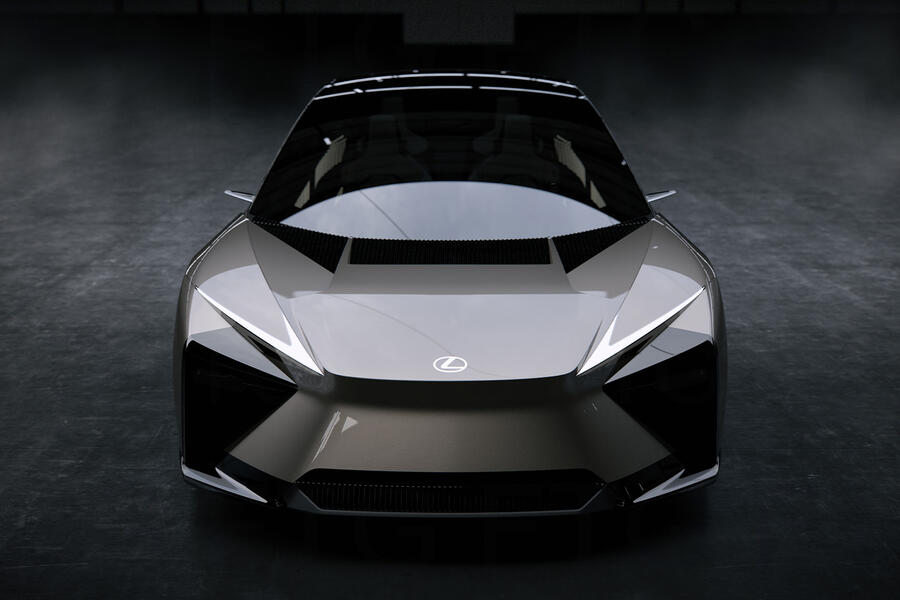
The LF-ZC features low-slung styling and an aero-optimised design that, Lexus claims, will allow for a drag coefficient of less than 0.2, which should in turn help to maximise efficiency and range.
The exterior design showcases the latest version of Lexus’s design language, with much of the focus given over to aerodynamic optimisation. The front end retains a version of the trademark Lexus ‘spindle’, while the flared rear wheel arches are designed to boost the machine’s stance.
Inside, there is a bold steering yoke for the driver, which reflects the use of the steer-by-wire system first employed on the Lexus RZ.

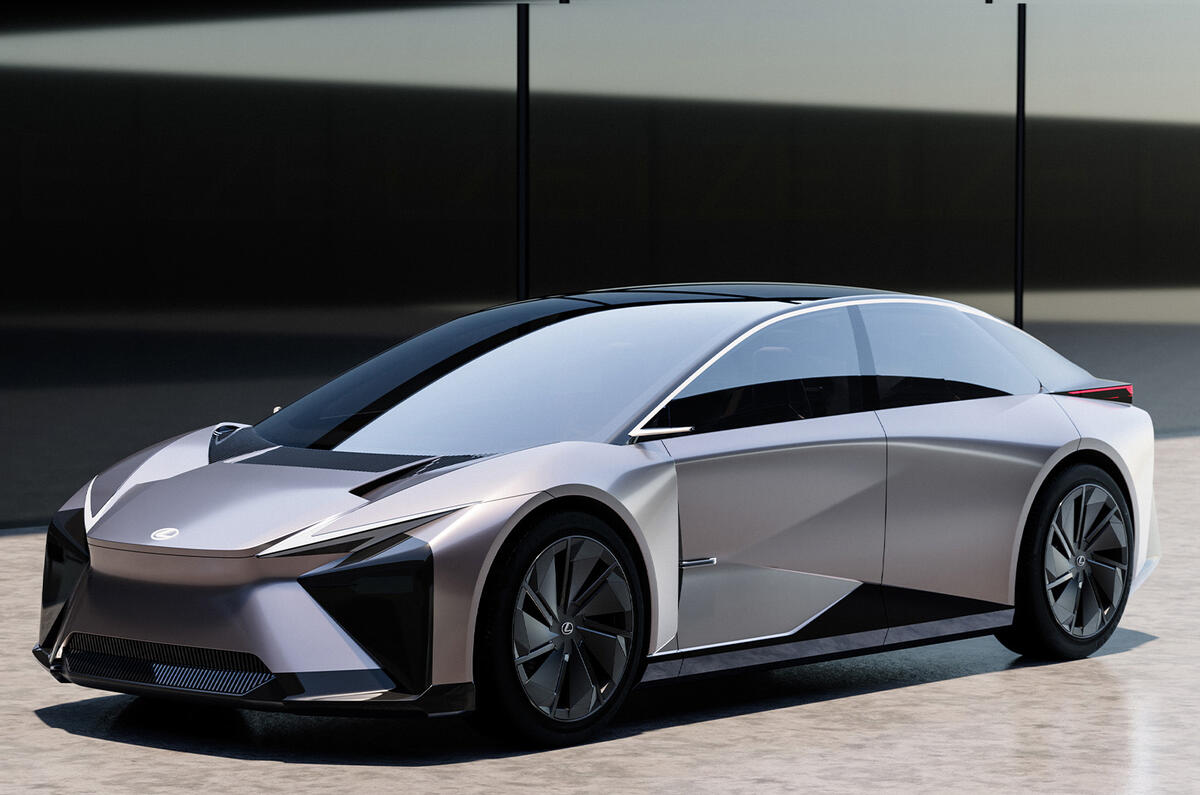
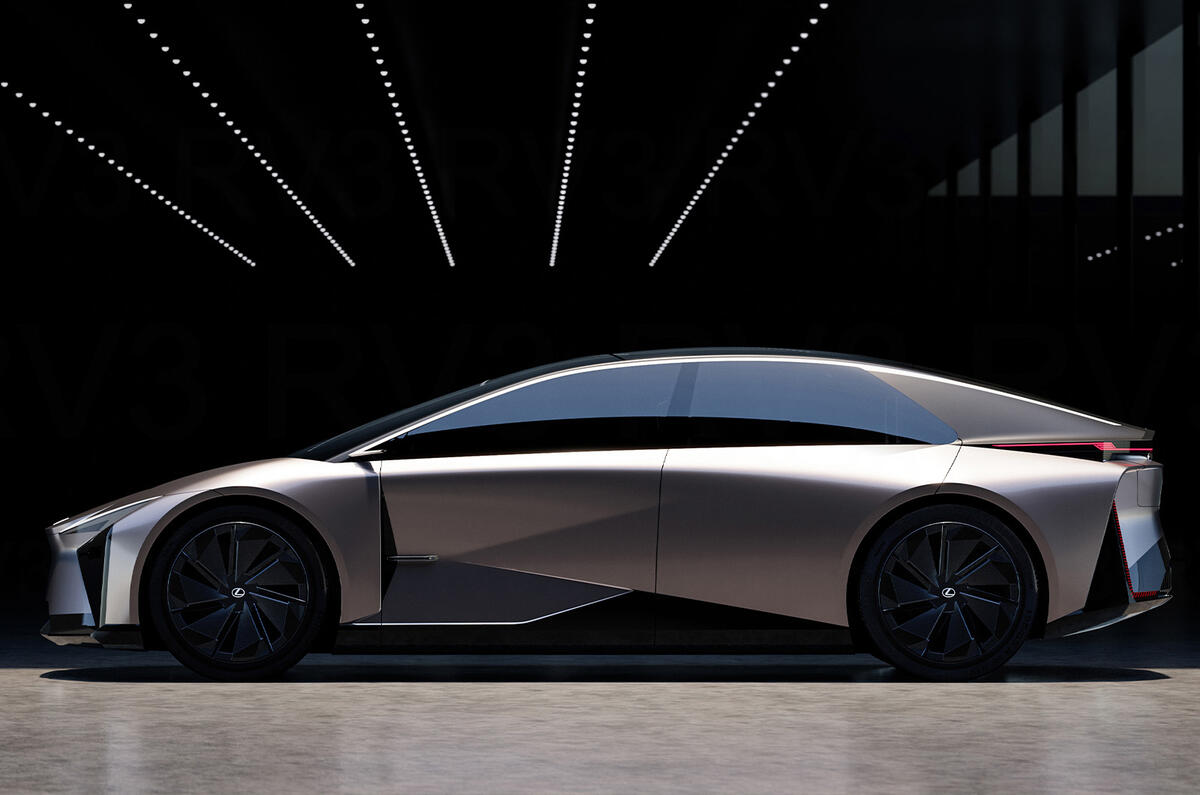
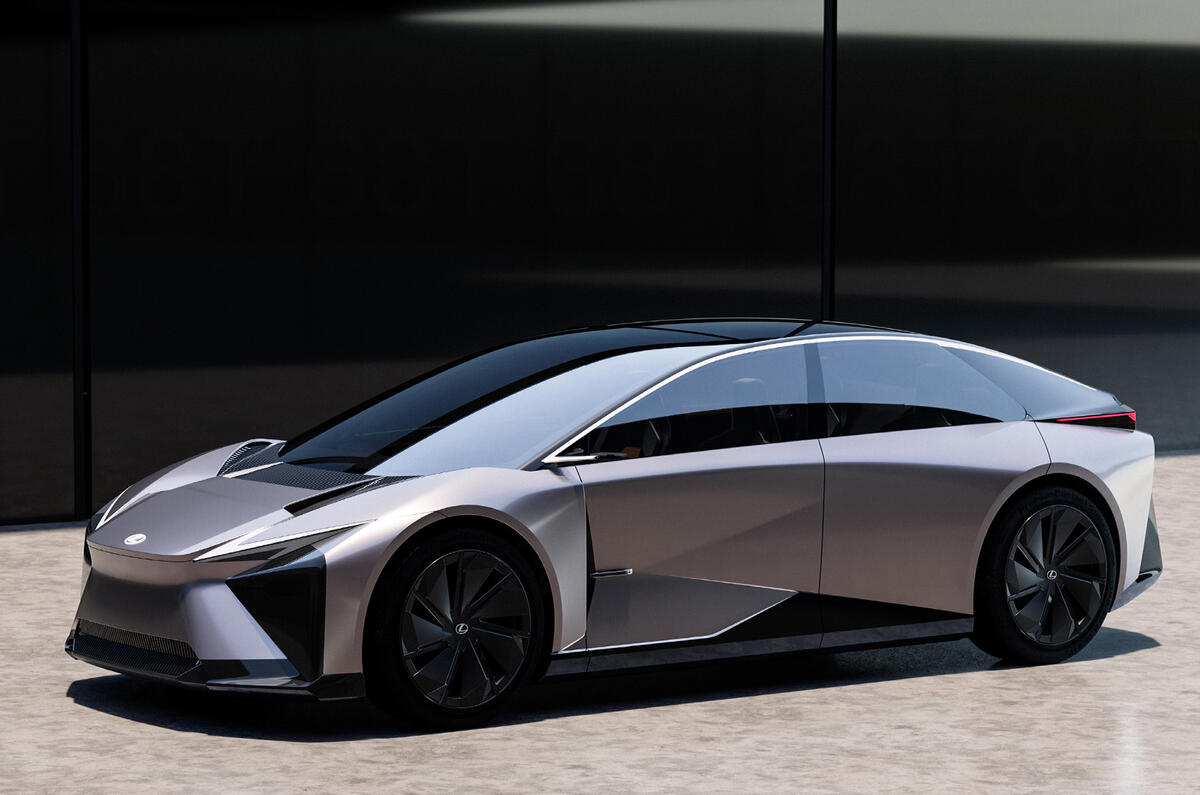



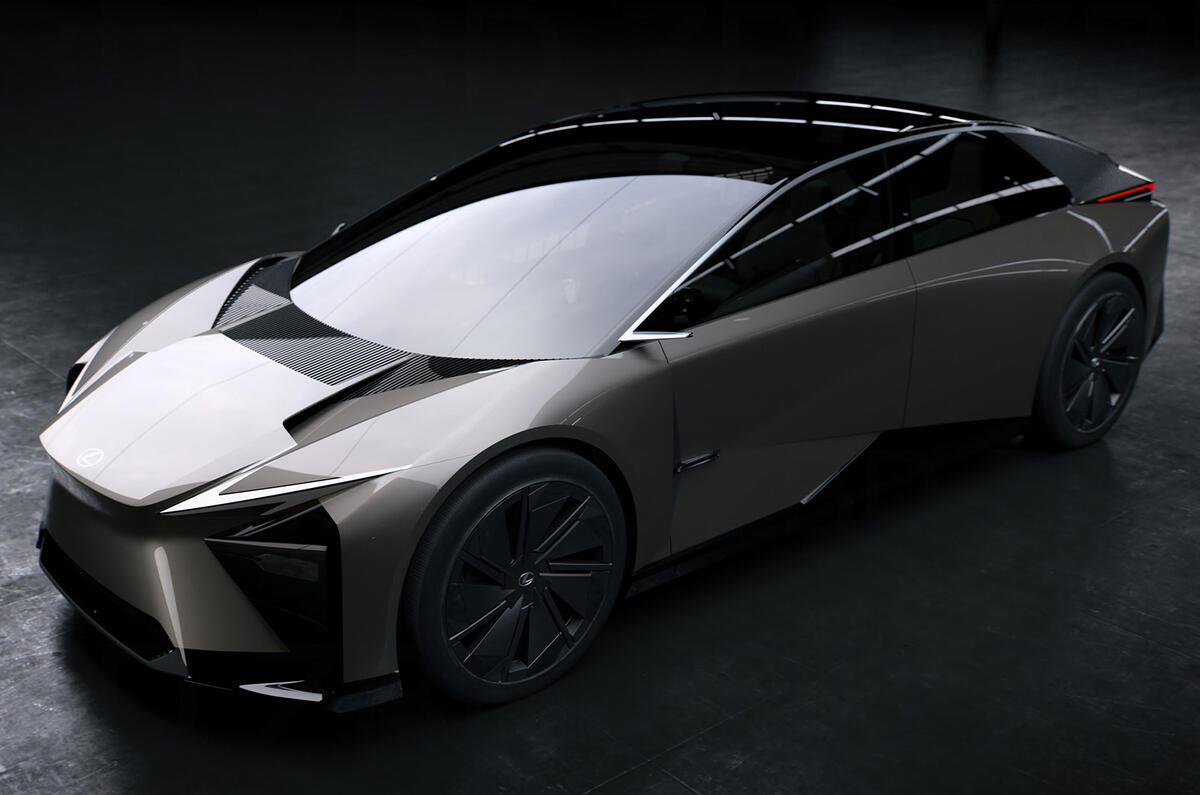
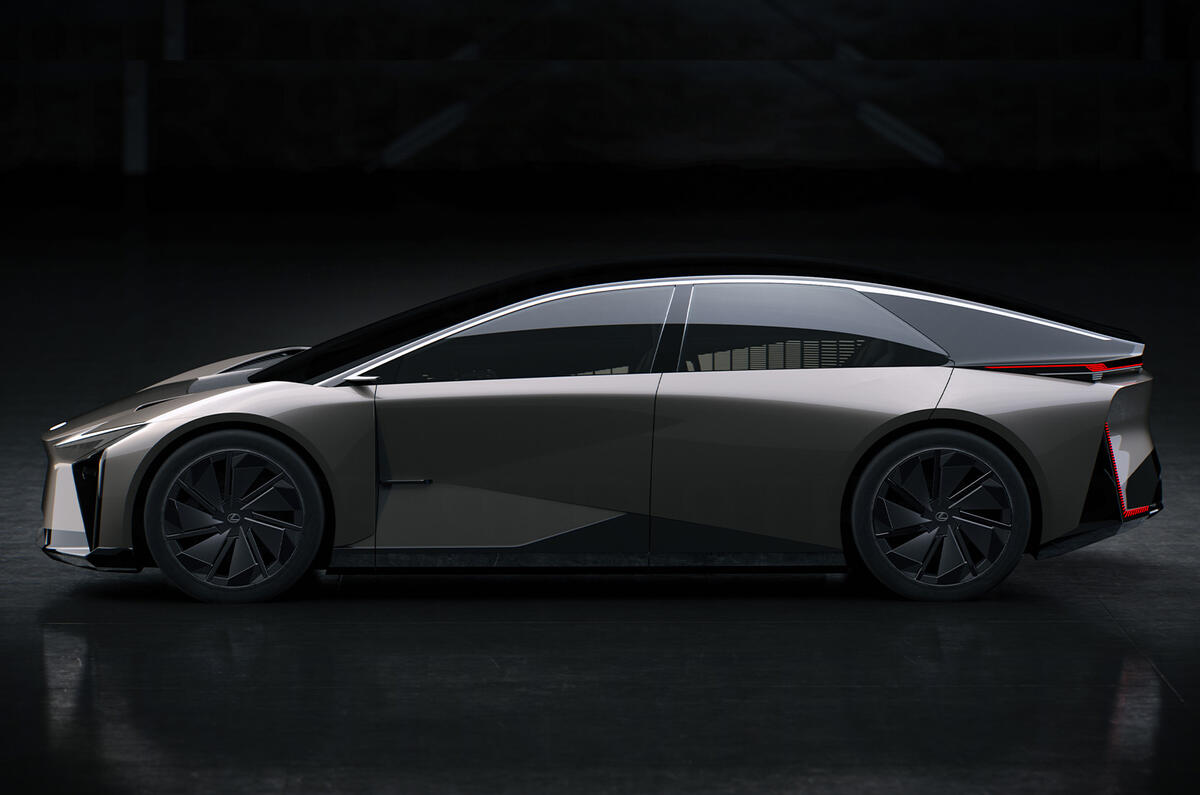
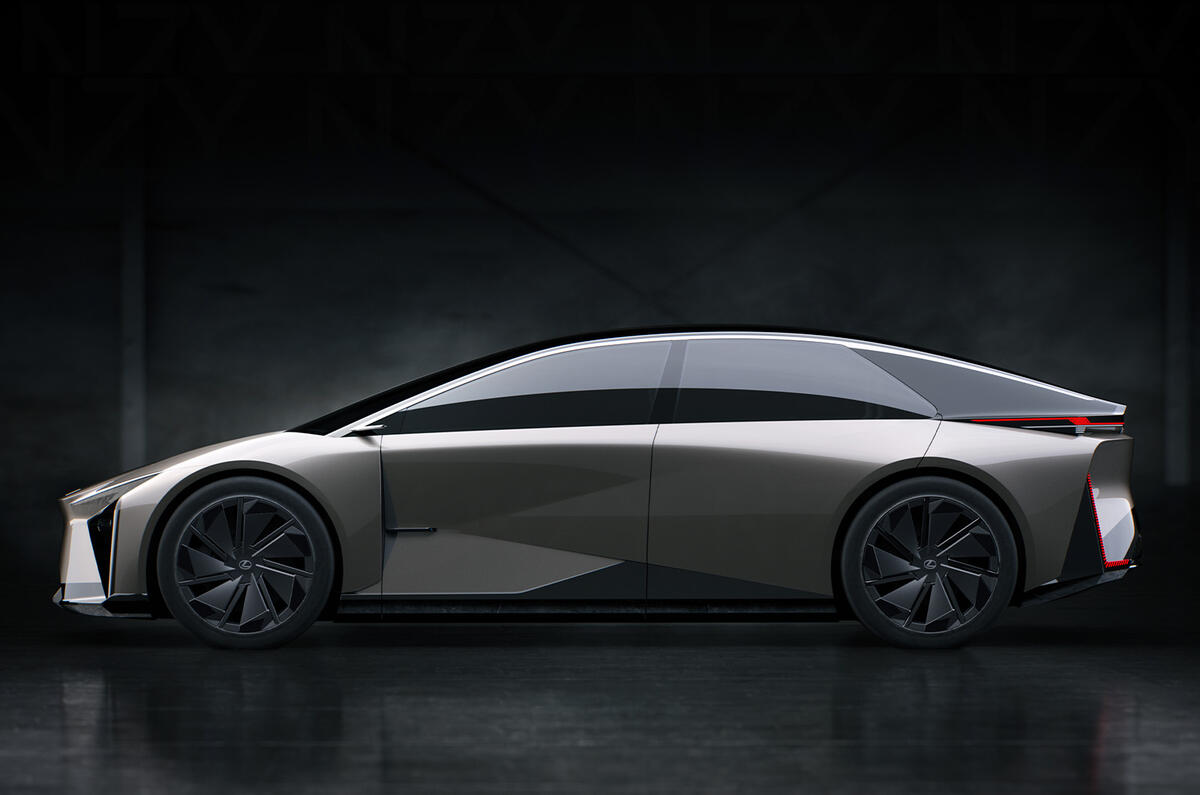
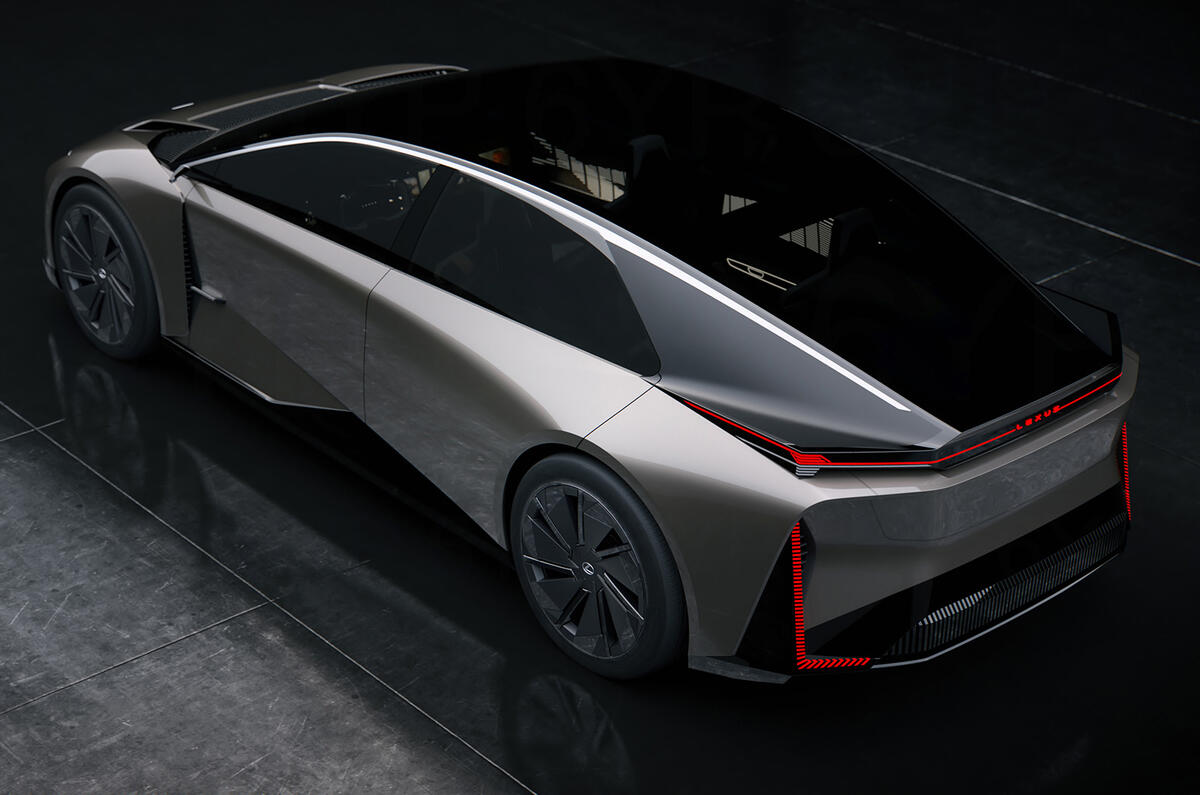

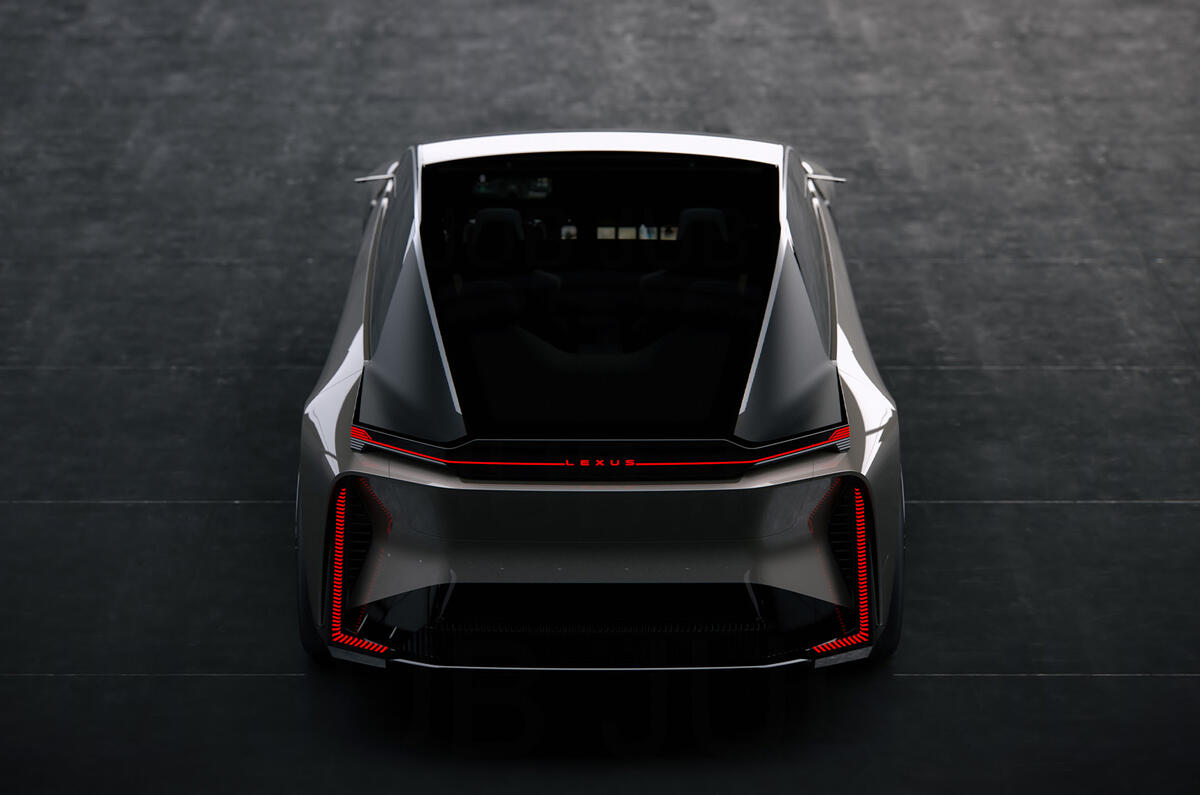
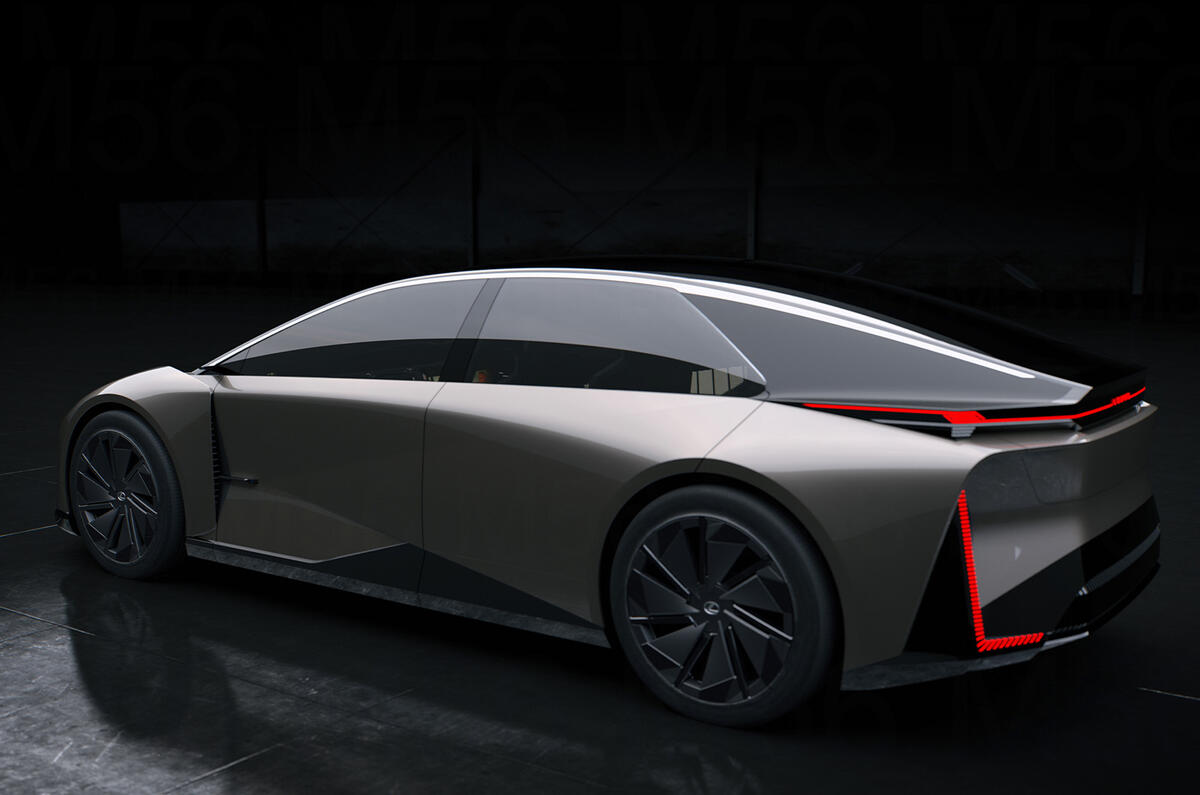
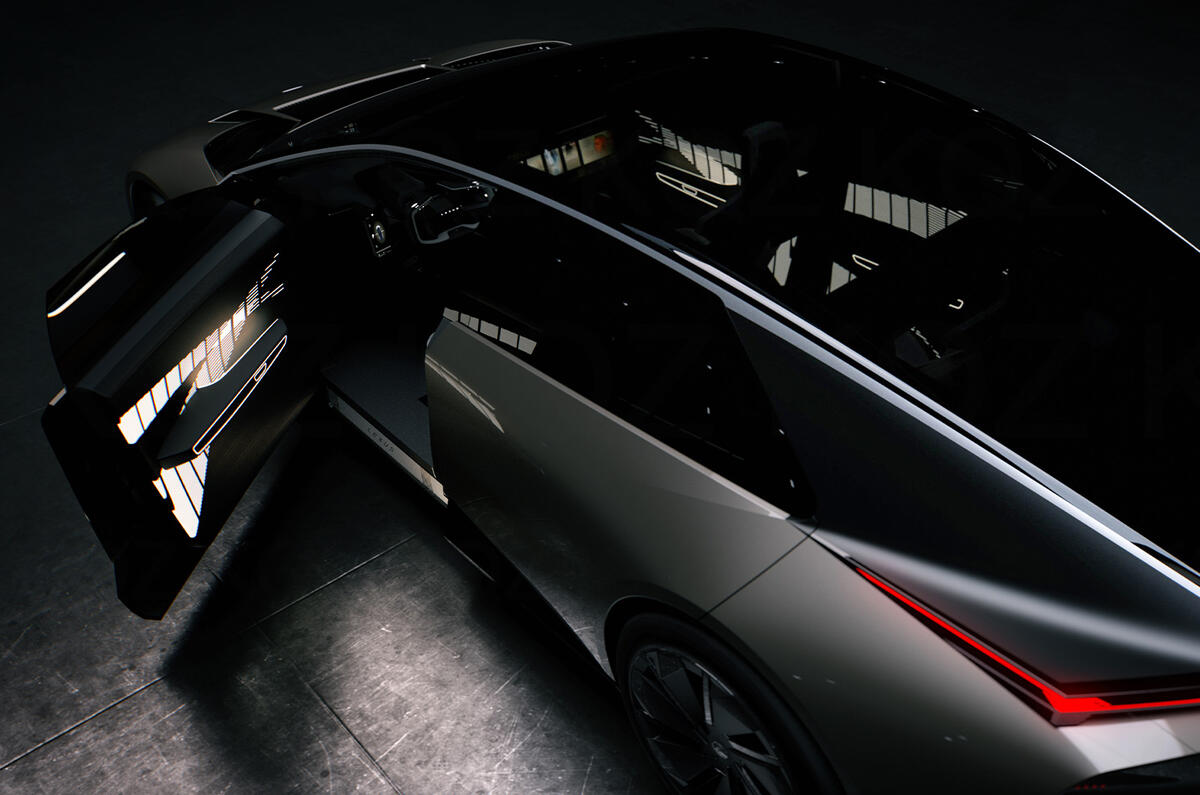
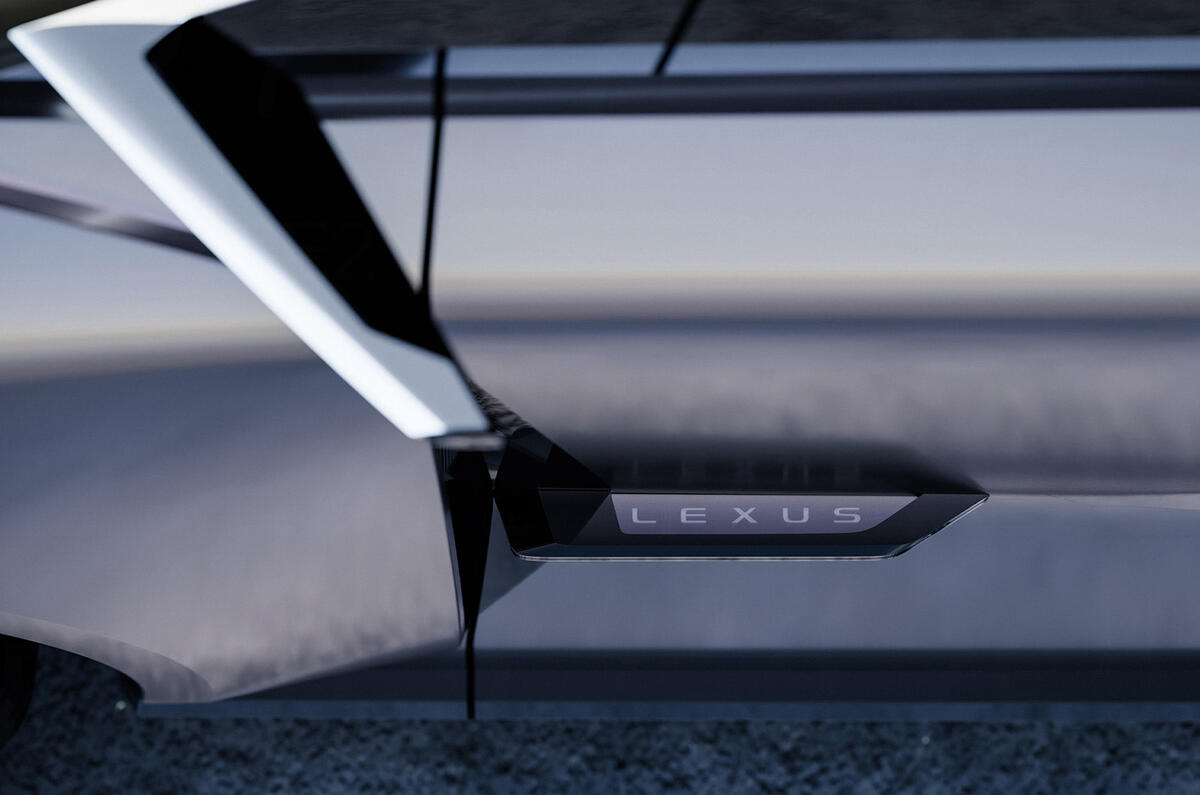

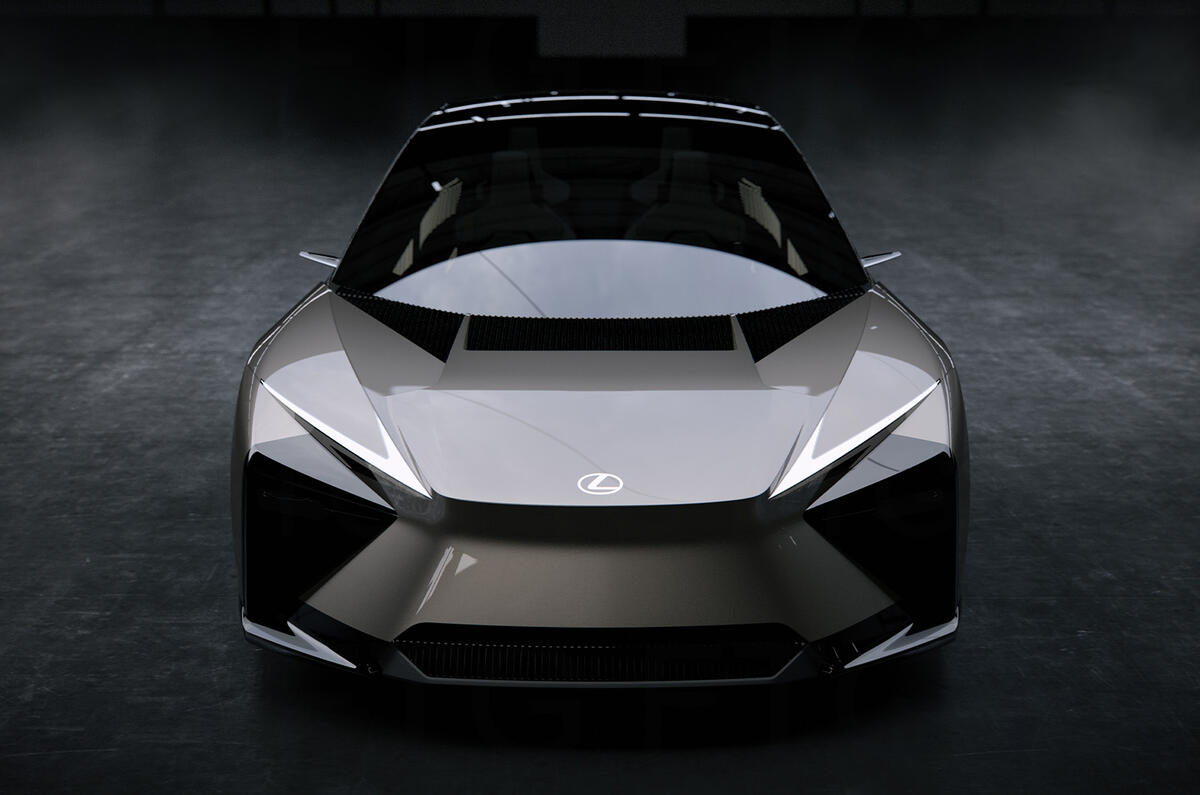


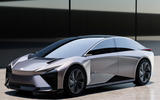



















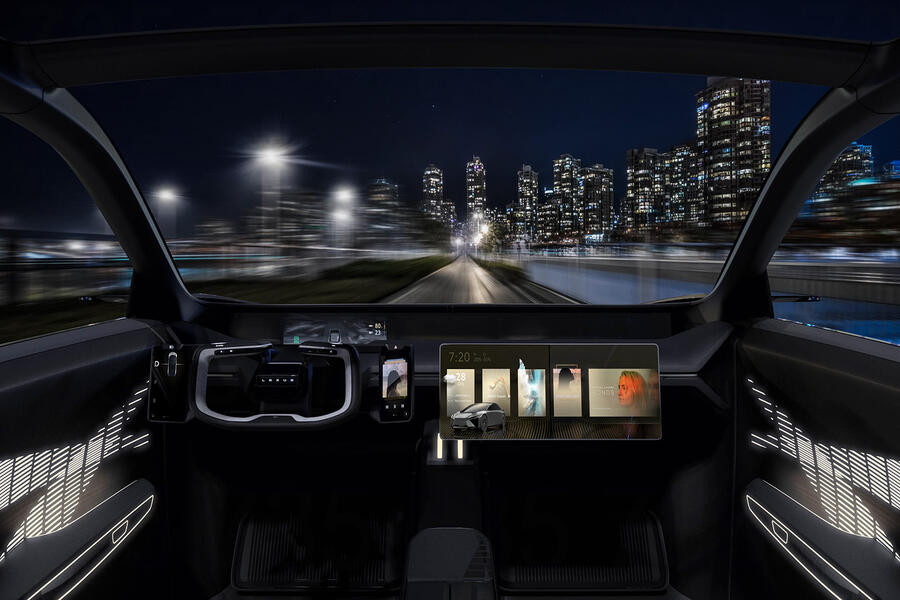
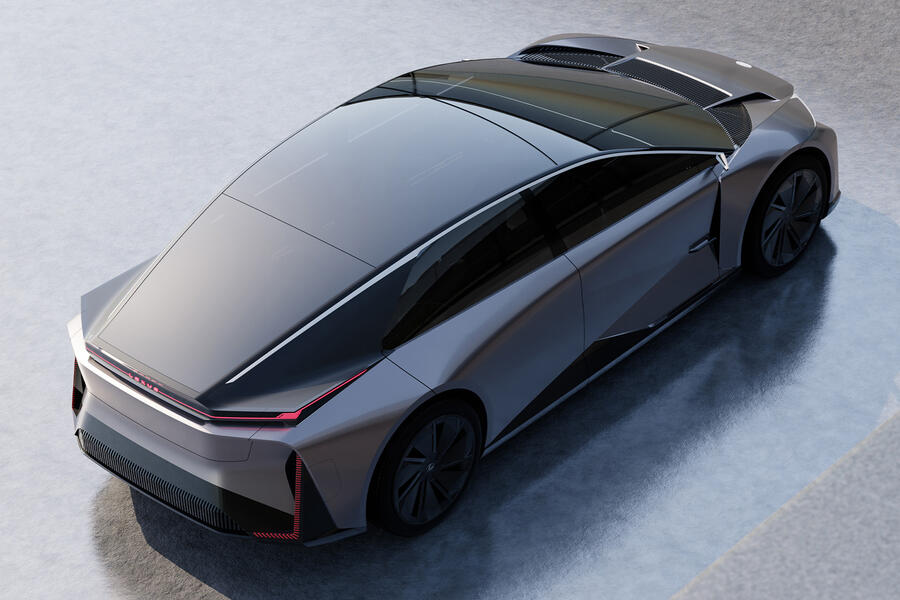






Join the debate
Add your comment
The luxury car of the future, Today (sort of).